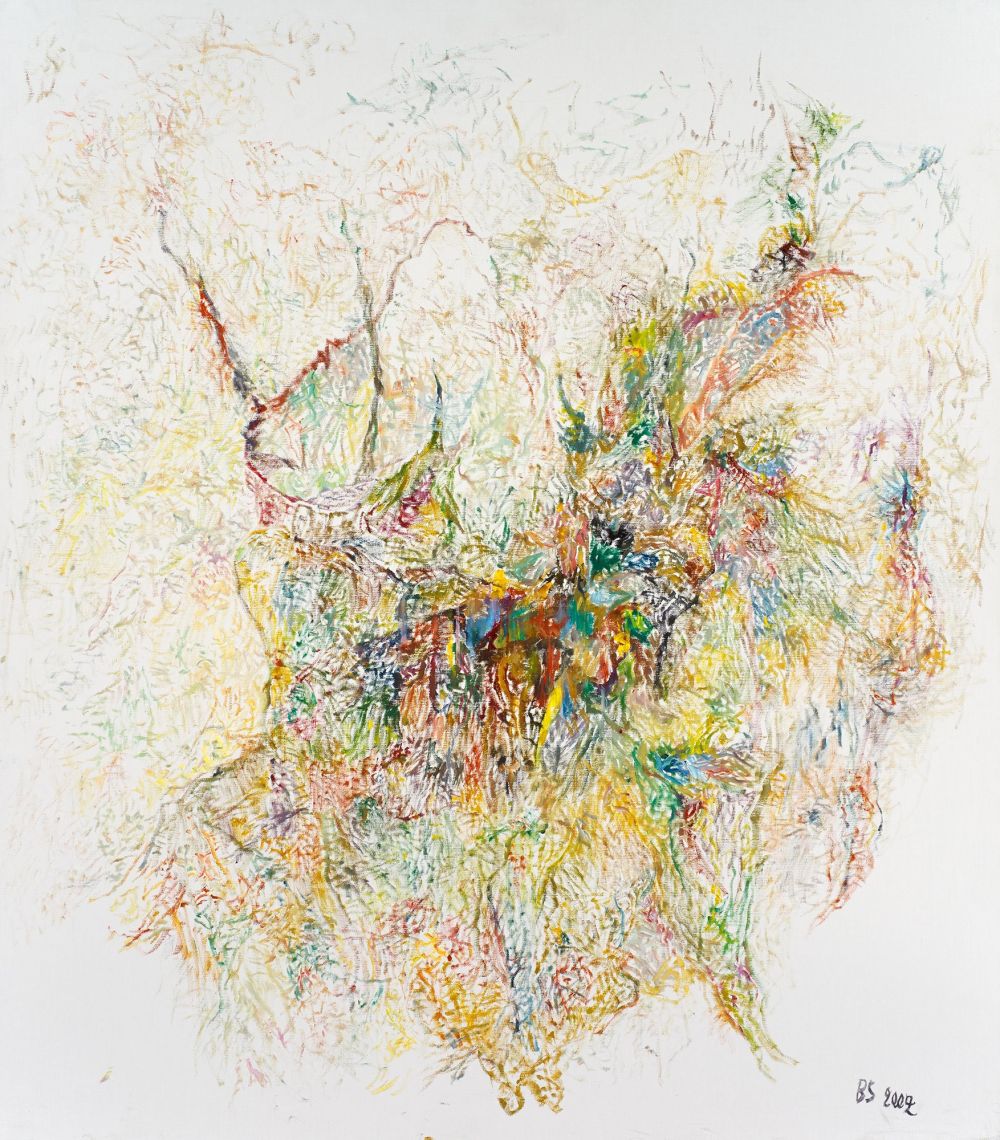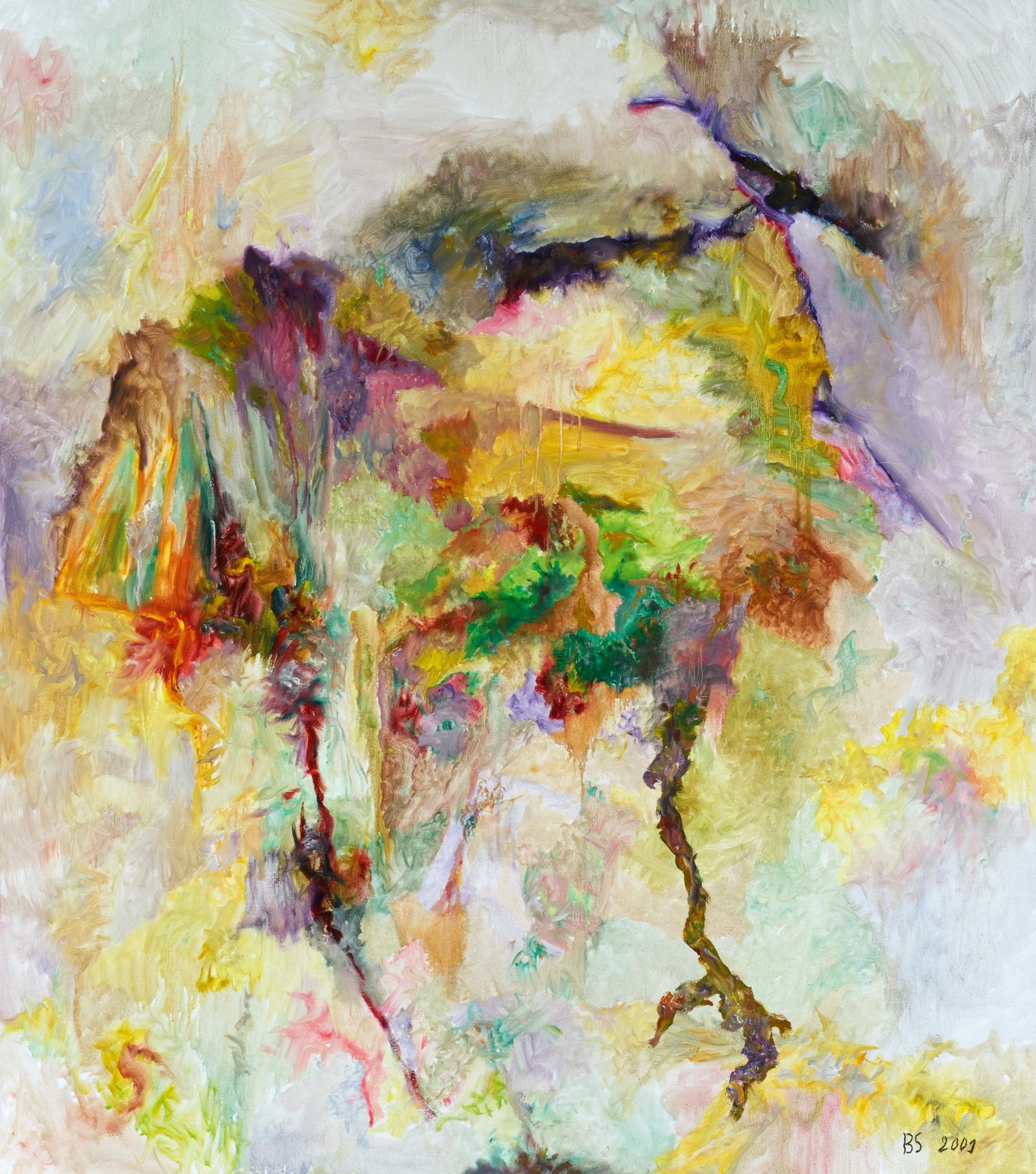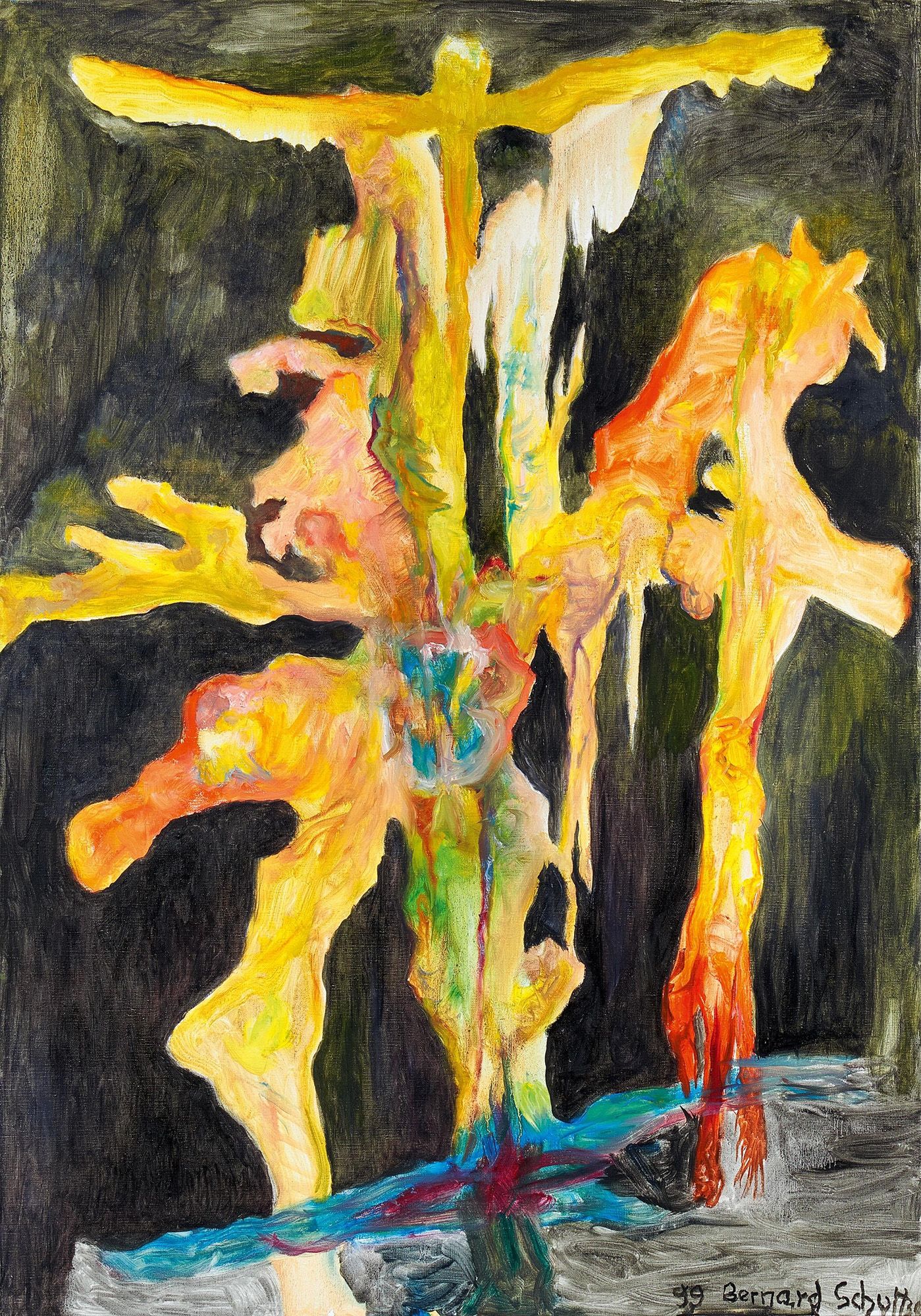Bernard Schultze

Selected Works

Bernard Schultze
Ein Migof Fest, 2001
Huile sur toile
160 x 140 cm
Monogrammée et datée en bas à droite

Bernard Schultze
Kadaver-Kruzifix, 1999
Huile sur toile
130 x 90 cm
Signée, datée en bas à droite et au dos

Bernard Schultze
Helles grau, 2002
Huile sur toile
160 x 140 cm
Monogrammée et datée en bas à droite
Some of the works depicted are no longer available.
Biography
Schultze embraced André Breton’s vision that creativity should be directed by the unconscious. This led him to develop a unique visual language, in harmony with other art forms of the first half of the twentieth century.
Each of Schultze’s painting was imbued with a profound belief that art is a pathway to reveal the inner depth of one’s psyche.
His technique which used impastos in the 50’s started to become freer in the latter part of his career and became almost evanescent in the last works. He was famously tied to Daniel Cordier who represented his work and donated a large trove of Schultze’s works to Centre Pompidou. The CNAC organized a retrospective of his work in 1970 as well as the Kunsthalle Dusseldorf in 1980.
